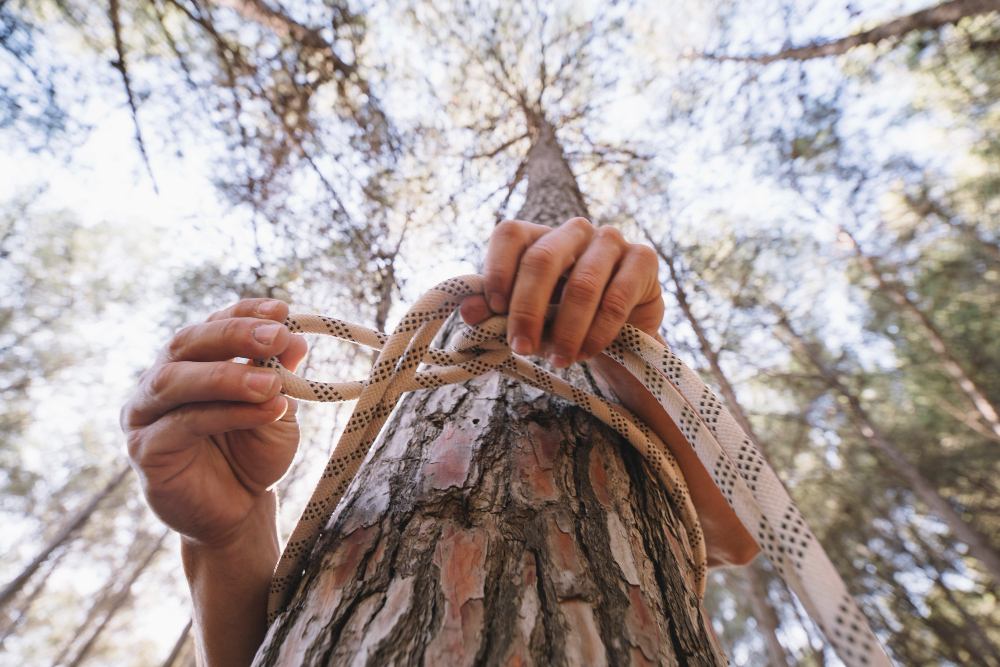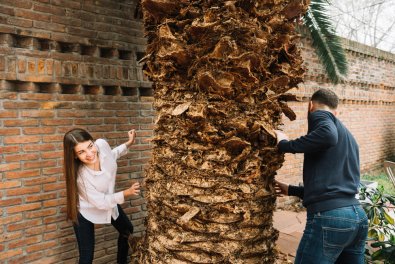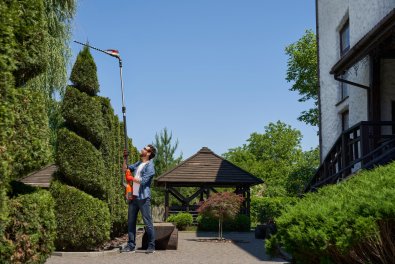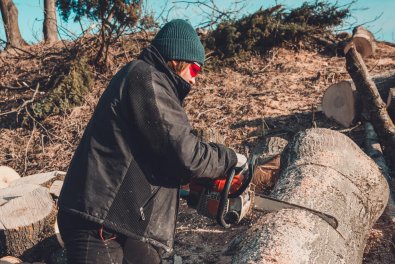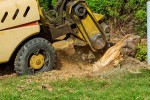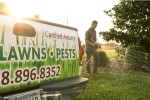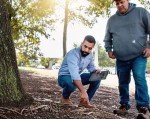How to Cable a Tree
Tree cabling is an essential practice that preserves trees’ health and structural integrity, especially those with defects or multiple trunks. When performed correctly, tree cabling can prolong the life of a tree, prevent hazardous situations, and enhance the overall aesthetic value of your landscape. At the Sesmas Tree Service, we leverage the expertise of certified arborists to ensure quality care and maintenance. Let’s look into tree cabling and critical steps on how to cable a tree.
What is Tree Cabling?
Tree cabling is a specialized tree care technique that involves installing cables and support systems to strengthen weak or structurally compromised trees. It is usually done to mitigate the risk of branch or trunk failure, especially in older trees or those with multiple leaders. Our arborists strategically install cables to redistribute the tree’s weight, preventing excessive movement during storms or high winds. This practice prevents safety hazards, severe damage, and premature tree removal emergencies.
Critical Steps on How to Cable a Tree
As mentioned, cabling a tree is a precise and crucial practice that involves providing structural support to weak or compromised trees, enhancing their health and safety. To successfully cable a tree, several critical steps must be followed. Each step plays a vital role in safeguarding the tree and preserving its structural integrity, making tree cabling an essential practice for arborists and enthusiasts.
Assessment and Inspection
The first step in tree cabling is thoroughly assessing the tree’s condition. Identify weak branches, structural defects, or multiple trunks that require cabling. A certified tree service expert should perform this assessment to ensure an accurate evaluation. We leverage extensive expertise and knowledge to detect minor signs of deterioration before recommending effective solutions like cabling.
Select the Right Hardware
Choose proper cables, braces, and hardware for your cabling project. Different trees and situations may require various types of wires and fasteners. Consult with a professional tree care company to make the proper selection. If you prefer a more hands-on approach, work with a tree care company to ensure stability without risking damage or tree removal emergencies.
Proper Installation
Professionals install cables and braces according to industry standards and best practices. Choose installation points carefully to support the weak or compromised areas without causing additional harm to the tree. Avoid over-tightening cables, as this can damage the tree.
Regular Maintenance
Tree cabling systems require periodic inspections and maintenance to ensure their effectiveness. Qualified arborists should regularly inspect the cables and braces, adjusting or replacing them as needed. This ongoing maintenance helps keep the tree safe and healthy.
Monitor and Prune
Monitor the cabled tree for signs of new growth or changes in its structure periodically. As the tree grows, it may require selective pruning to maintain balance and stability. A professional tree service provider should perform pruning to avoid damaging the cabling system.
Tree cabling is a valuable technique for maintaining the health and safety of your trees. By understanding what tree cabling is and the critical steps outlined above, you can ensure that your trees continue to thrive while reducing the risk of structural failure. Contact us at the Sesmas Tree Service and schedule a consultation with our certified arborists to ensure proper cabling and the long-term health of your trees.


